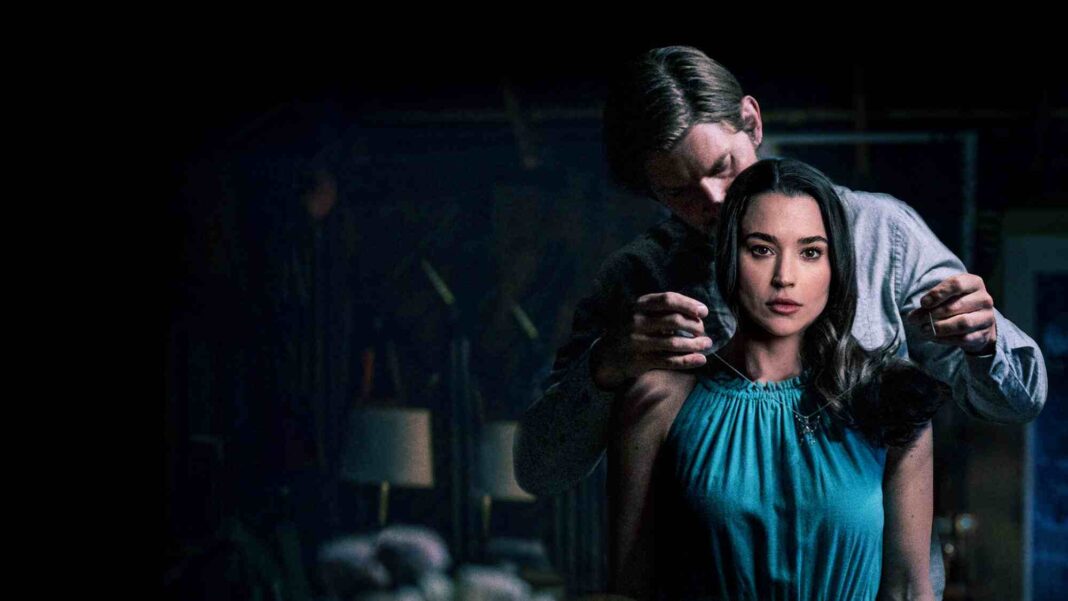Few stories in movies are as gripping and emotionally powerful as “Living With My Mother’s Killer on Lifetime.” The visionary Lucie Guest directed this compelling story, which was written by the talented duo of Hilty Bowen and Riley Scott. It goes beyond the norms of typical thrillers, drawing viewers into a world where the past casts a long and ominous shadow over the present.
The movie “Lifetime Living With My Mother’s Killer” is about Mara, a woman who is still dealing with the terrible murder of her mother many years ago. Even though her mother’s death caused her a lot of pain and stress, Mara forgives the man who killed her. She even lets him work on her land because she thinks she is over the past.
Mara quickly learns, though, that the past is hard to forget. As dark truths start to come out, she finds herself in grave danger. Mara’s safety is in danger because the man who killed her mother is around, and she has to face the terrible things that happened in her past again.
As Mara learns more about how her mother was killed, she comes to the realization that she might not be able to trust anyone, not even herself. It deals with forgiveness, revenge, and the complicated nature of people. As Mara fights to find the truth and keep herself safe from the threat Rhiannon Fish and Greyston Holt star in “Lifetime Living With My Mother’s Killer,” which has a gripping and scary plot that keeps people interested from beginning to end.
Living With My Mother’s Killer: Is Movie Based on a True Story
“Living With My Mother’s Killer” raises a lot of questions. One of the main ones is whether the story is based on real events or just the screenwriters’ creative ideas. Even though parts of the plot seem like tragedies that happened in real life, the book is actually a work of fiction that was carefully researched and told with great care. Bowen and Scott get ideas from the way people really are, putting together a web of feelings, drives, and moral problems that hit close to home.
This movie, “The Girl on the Train” (2016), has similar ideas and plot. It was directed by Tate Taylor. Rachel, the main character of this movie, gets involved in a murder case after seeing something fishy on her daily train ride. For the same reason as “Lifetime Living With My Mother’s Killer,” “The Girl on the Train” is a thrilling thriller that also deals with grief, trust, and the complicated nature of human relationships. In both movies, the main characters are strong women who have to face their pasts and solve riddles to save themselves.
“Living With My Mother’s Killer” is a unique work of art in its own right, even though it has some themes in common with movies that came before it. The movie holds people’s attention from beginning to end with its vivid characters, haunting visuals, and fast-paced plot. Its eerie beauty and emotional power leave viewers speechless.
As viewers learn more about Mara’s terrible journey, they are faced with deep questions about what it means to forgive, how powerful healing can be, and how trauma can affect people for a long time. In the end, “Living With My Mother’s Killer” is a moving reminder of how strong people can be, how compassionate they can be, and how they will never stop trying to find peace after such a terrible loss.
So, the movie may be based on real events and common movie tropes, but what makes it truly powerful is its ability to go beyond genre rules and connect with viewers on a deep level. “Living With My Mother’s Killer” is a beacon of sincerity and emotional truth in a time when spectacle and sensationalism rule. It encourages viewers to face their own demons and accept the power of forgiveness to change their lives.








